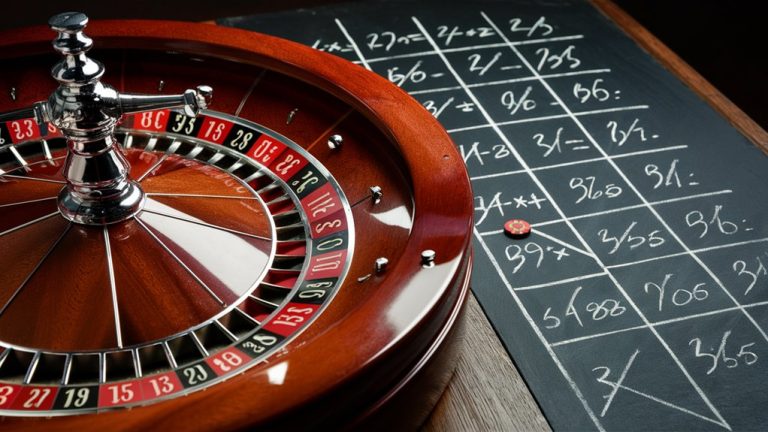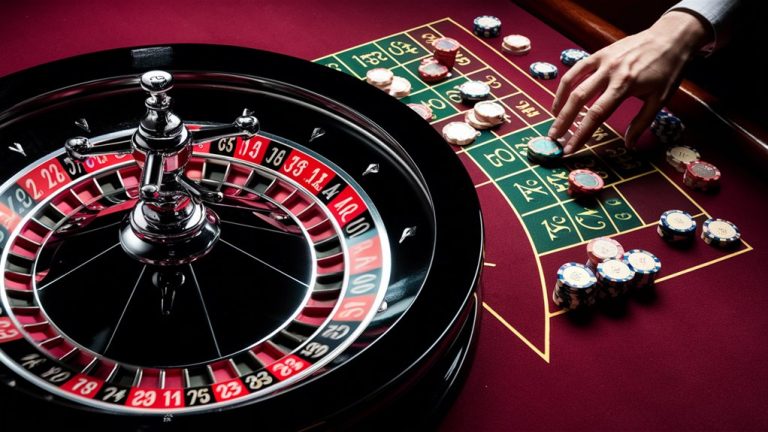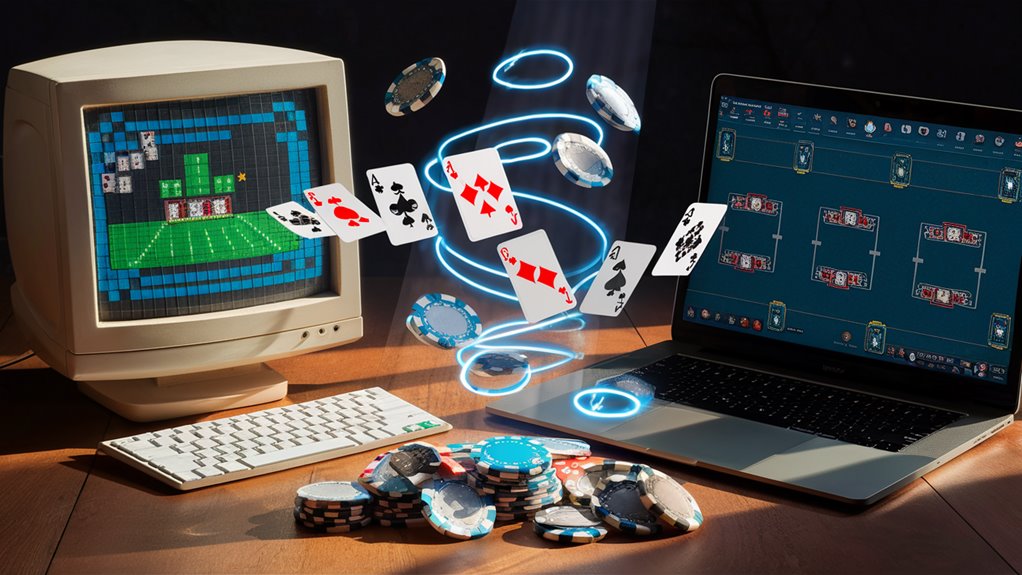
The Change of Online Poker: Past, Now, Next
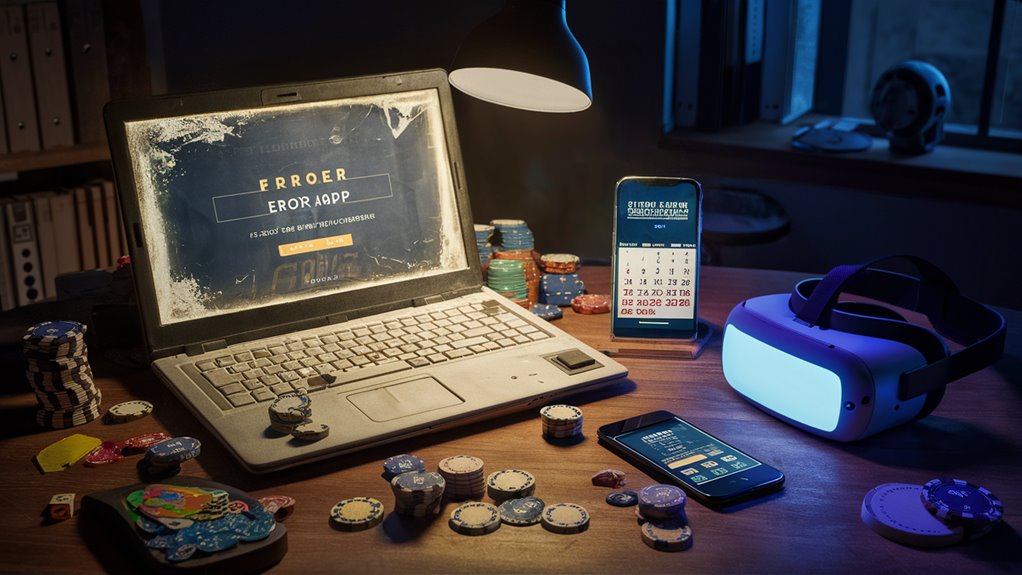
The shift in online poker is a big step in digital play, moving from simple text games to today’s top tech virtual spaces. It all started in 1994 with easy IRC poker games, and the field has gone through big changes that have reshaped how we play cards online. 이 사이트에서 자세히 보기
The Big Start Years
The early 2000s were a time of big growth for digital poker. The top name, PartyPoker, dealt an amazing 8 million hands each day. Money made from these games jumped 600%, hitting $2.4 billion by 2006. This big time made online poker a key kind of digital fun.
Rules Shift and Mobile Moves
After big rule changes, the US saw a drop of 76% in players, making the field change and try new things. This led to a strong move to mobile poker setups, now able to handle 2,400 hands a second. Now, 71% of all poker play is on phones, showing a good change to mobile.
Tech-Pushed Next Steps
Virtual Reality poker is at the edge of new card play, with systems now getting 93% right in seeing real moves. Adding cryptocurrency and blockchain has brought new safety and clearness. These steps are making ready for full-on 3D poker spots that will change our digital play big time.
Digital Poker’s Start
The Start-Up of Online Poker: A Big Change
The First Light of Online Poker
IRC Poker appeared in 1994, making a new wave in gambling, as the first real-time online poker spot.
This text-based setup worked via Internet Chat rules, letting poker fans connect and play across the world. The smart design changed how we could play and meet in this game.
The Jump to Real-Money Online Poker
Planet Poker made history in 1998 by starting the first real-money online poker spot, using digital payments. Starting with 100 players at once, the platform grew fast, showing a big new chance in online bets.
Paradise Poker ruled the market by 2000, grabbing 80% market part with better solid tech and top looks.
Tech Grows and Market Gets Bigger
The time from 2001 to 2003 saw big tech steps in online poker setups. Key moves included smart random number makers (RNGs), strong safety steps, and smart anti-fraud systems.
Party Poker‘s start in 2001 changed the game with multi-table games and better ways for users, setting new high marks for online play spots.
The Early 2000s Poker Rise
The Early 2000s Online Poker Rise: A Digital Big Step
The Big Effect and Market Jump
Chris Moneymaker’s big 2003 WSOP Main Event win changed poker, turning a small $39 online game into a huge $2.5 million win.
This key time led to a huge rise in online poker players and showed the open power of digital spots.
Market Growth and Leading Spot
The field saw a big 600% rise in online poker money, getting to $2.4 billion by 2006.
PartyPoker became the top name, dealing an amazing 8 million hands each day while having 55% of the market.
ESPN’s better game shows, using new card-show tech, grew watchers from 1.1 million in 2002 to 5.8 million by 2004.
Tech and Ads Push More Growth
Three main things fueled this big growth:
- More people got broadband internet, jumping from 12% to 42%
- Development of smart multi-table poker software
- Ads spending over $400 million a year
Field Change and Player Count
The boom time made online poker from a small thing to a big entertainment, with over 15 million players worldwide.
Key figures showed big growth:
- Average money put by players grew from $200 to $675
- Game money pools often went over $1 million
- Each day, more and more users came to all big play spots
Impact of Black Friday
The Big Effect of Online Poker’s Black Friday
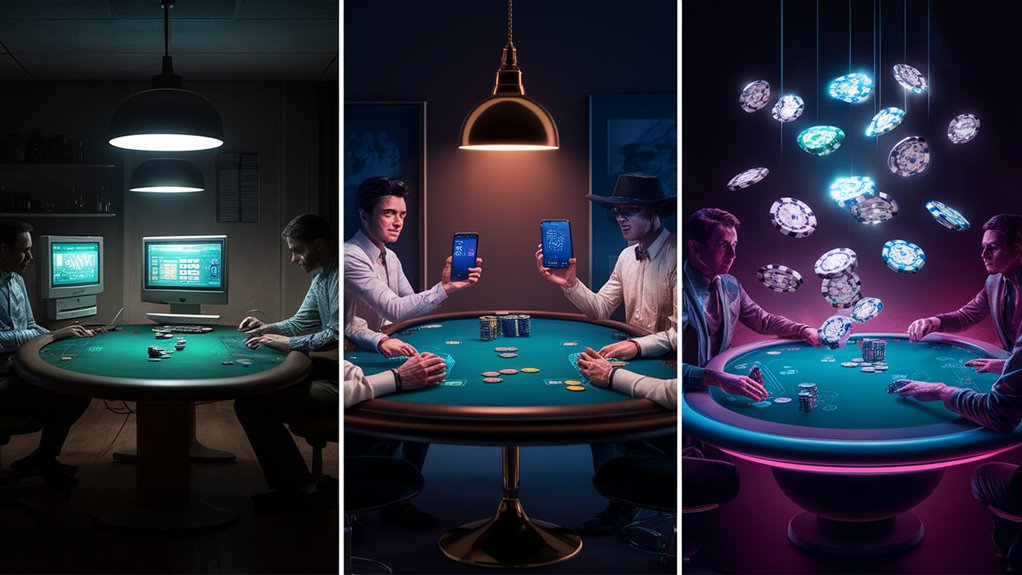
The Sudden Stop and Field Fall
April 15, 2011, now known as Black Friday in online poker history, was a big shift when the U.S. Department of Justice took over domains of big names PokerStars, Full Tilt Poker, and Absolute Poker.
The government charged leaders with bank wrongs and money tricks, leading to a big market mess.
Market Answer and Player Effect
After, big numbers came out: global player numbers fell 45%, while U.S. use dropped 76% as American players lost their spots.
PokerStars showed they were good by giving back $1.3 billion to U.S. players, while Full Tilt Poker‘s bad money state showed just $60 million with $390 million owed.
Field Changes and Rule Shifts
The field kept changing as PokerStars grew stronger with its $731 million buy of Full Tilt in 2012.
U.S. online poker money fell from $1.6 billion in 2010 to $219 million by 2013.
This hard time led to state-level rules, with Nevada, Delaware, and New Jersey starting legal online poker by 2013, even though split player pools kept the market from full comeback.
Lasting Market Effects
The split rules and limited player pools keep making it hard for the U.S. online poker field. Black Friday’s effects still shape the industry, rules, and market moves in both local and world poker markets.
Mobile Game Big Change
Mobile Game Big Change: The Rise of Phone Poker
The Big Jump in Mobile Poker
Mobile poker grew a lot between 2012-2020, changing from 12% to a huge 71% of all online poker use.
This big change changed how players get into games, with average play times dropping from 85 to 32 minutes as players picked fast mobile styles.
Tech Moves and Setup Changes
The HTML5 change of 2014-2015 was a key step in mobile poker tech, making smooth use across devices and cutting the need for device-specific builds.
Modern mobile poker setups show great work, handling 2,400 hands a second while using 70% less web space than old desktop setups.
Mobile-First Moves and Market Effects
Top poker groups have moved to mobile-first builds, with 91% of big setups using key mobile features:
- Up-down play tables
- One-touch bet systems
- Quick-fold styles like Zoom Poker
These smart phone-based changes have led to a 47% rise in keeping casual players since 2016.
Market figures show mobile poker’s piece of the market may grow to 85% by 2025, with new markets in Asia and Latin America leading the next growth wave with 5G web use and better local pay ways.
Crypto and Blockchain Moves
The Move of Crypto and Blockchain in Online Poker
Big Changes in Money Tools
The mix of blockchain work and crypto has changed the money side of online poker since 2017.
Blockchain’s clear build has cut down payment times from days to minutes, while crypto moves have cut normal bank costs by up to 80%.
Market Moves and Money Changes
Crypto poker spots now handle over $2 billion in yearly moves, with Bitcoin and Ethereum making up 75% of all money put in.
Smart contract use has made payouts smooth and cut out middle-man payment groups, cutting work costs by 40%.
Better Safety and World Use
Blockchain check setups have changed game safety with unchangeable ledger work.
Each poker hand gets a lasting blockchain spot, making math-checked results that can’t be changed after. This step has cut reported cheats by 65% since 2019.
The spread-out blockchain build makes smooth world play possible, growing the world player group by 300%. Players get better privacy with crypto moves while keeping to rules via KYC check steps.
Main Pluses:
- Fast payments
- Lower cost moves
- Better safety steps
- World reach
- Keep private
- Stop cheats
Virtual Reality Poker Horizons
Virtual Reality Poker Horizons: The Next Big Thing in Online Play
Big Changes by VR in Digital Poker
Virtual reality tech has changed online poker since 2020, making a new wave in digital play with full-on 3D poker spots and real player meets.
PokerStars VR is now the big name, with 47% of the VR poker market and big take-up by digital players.
Better Player Sees and Meets
The big win of VR poker setups is in their power to see 93% of real moves and small face changes, a lot more than old online styles’ 12% see rate. How to Make Your First Deposit at an Online Casino
Digital poker players can now watch the other player’s avatar moves, see real-time hand waves, and hear voice changes, adding a deep set of mind play before only seen in live poker.
New Tech and Next Projections
Virtual reality poker rooms keep players 78% more than old online setups.
New feel-based feedback setups let real chip moves and card plays, while top eye-track tech sees player look ways with 99.2% right.
Market studies think VR poker money will make up 35% of online poker cash by 2025, showing a big change in digital play times.
Key Figures:
- Player join rates beat old setups
- Real-time meets match live poker spots
- New track systems push better play
- Market growth shows ongoing big field growth
- Tech take-up keeps going up among users
